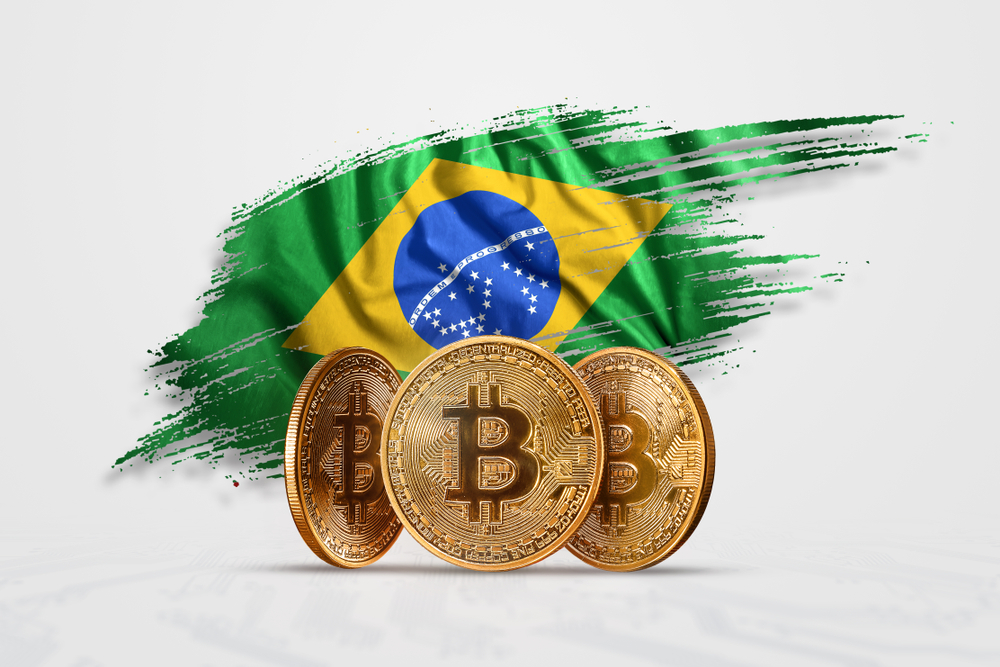As the crypto market continues its bearish trend, developing countries hold the key to cryptocurrency’s revival as the year ends. According to recently shared data on Twitter, 50% of the Brazilian fiat currency, the Real, involves transactions in stablecoins, with the USD getting 5%.
Stablecoins Over Brazilian Real (BRL)
In recent weeks, Brazil has seen a surge in the use of stablecoins by citizens in an impressive showing that signifies a significant shift toward adopting digital assets despite the broader market correction.
Interestingly, the recent development has seen stablecoin-related transactions soar by 50% compared to the 5% involved with US dollars. A further breakdown of the stablecoins used by Brazilians shows that USDT and BUSDT top the list of assets preferred by the citizens.
Moreover, the increasing use of stablecoins in the country was due to the rising inflation that has rendered the Brazilian Real almost worthless. As a result, most people prefer to save their funds in stablecoins.
In addition, the global economic crisis has impacted Latin America’s economy. The South American country struggles to stabilize its local financial sector as inflation weakens its citizens’ earnings power.
Since the start of the year, Real has struggled to maintain its value, with the inflation rate growing to about 9.8% in June, the highest level in 2022 for the country. Meanwhile, the continued struggle against inflation led to a significant decline in the Real’s value against the USD.
President Jair Bolsonaro approved a bill recognizing the use of Bitcoin and other crypto assets for transactions on December 22. However, the new legislation does not advocate for the legalization of BTC in Brazil.
Instead, it clarifies the conditions for regulating cryptocurrency and the agencies in charge. Furthermore, the bill requires crypto enterprises in Brazil to acquire licenses for third-party custody and management of virtual assets.
The laws are in place to avoid a repeat of the FTX collapse in the coming years. Brazil currently has the most crypto-based ETFs in Latin America. The country also allows most banks and brokers to offer investments in crypto assets, including custody and token offerings.
Latin America’s Crypto Adoption
Latin America accounted for 9.1% of the global cryptocurrency valuation in 2022, attaining $562 billion between July 2021 and June 2022. This data represents a 40% increase over that period.
The most recent Chainalysis Global Adoption Index listed four Latin American countries as the top crypto adopters. Over the last 12 months, significant developments have helped contribute to these results.
Policymakers have been working on central bank digital currencies (CBDCs), executing business standards, and defining regulations. Meanwhile, many Latin American companies are investigating how to use blockchain technology and digital assets to address the various challenges the region’s countries face.
The tokenization of investment products has also profited the region’s crypto space, enabling many people to access products that were initially only available to major investors. Latin America, like other regions, faces challenges in blockchain technology adoption and needs more regulation.
